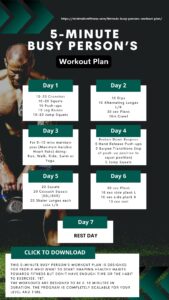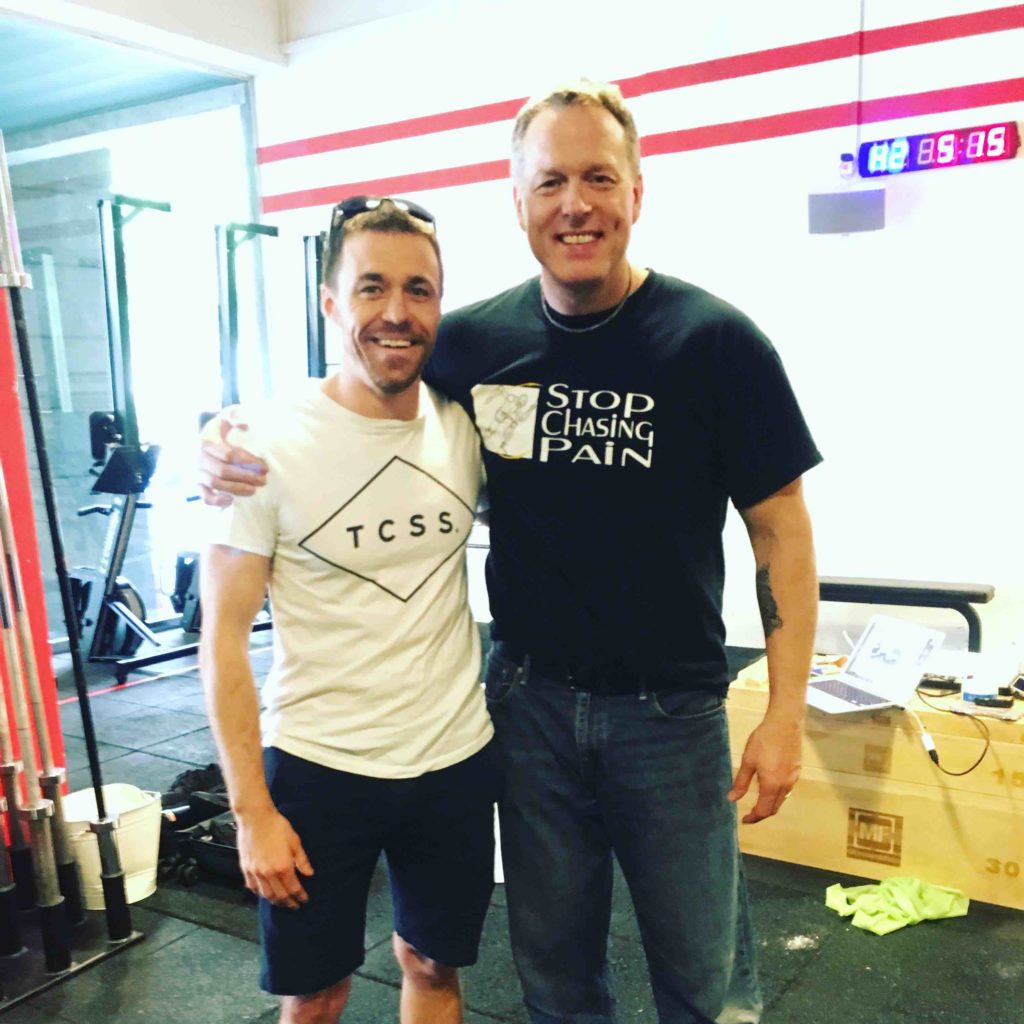This article about Functional Movement Systems is an in-depth review of one of the most influential training systems I have ever used. If you’re new to fitness or have been an online personal trainer for a while this would be one of the very few certifications I would recommend adding extreme value to your clients and service offering.
Recently I purchased the Movement Lectures domain so instead of just butchering the old site to get some backlinks I’ve added a summary of what I love about the FMS.
There’s also a plethora of other amazing coaches and certifications mentioned throughout the article that you should check out if you’re looking to “up your coaching game”.
Movement: Functional Movement Systems by Gray Cook
I purchased this book before attending my first FMS certification back in 2014. There was a gap in the market for the FMS and for someone to create the bridge of return to activity when a client goes from a physiotherapist (physical therapist for our US readers) back to their gym or chosen athletic pursuit.
The system itself lends well to professional athletes but when I applied this to the everyday athlete the results were extraordinary. The content within the book, combined with the certification hosted by Andrew Read in Melbourne opened my eyes to the power of corrective strategies being able to fix common ailments of the everyday athlete.
I’ve returned to this book time and time again over the course of my career and it influenced a lot of the training philosophy and systems found in my book, The Minimalism Effect.
What is the Functional Movement Screen?
A Functional Movement Screen (FMS) is a series of seven standardised tests that assess an individual’s movement patterns. This type of functional assessment can be used to highlight an individual’s potential risk of injury. It can also be used to identify specific interventions that can be applied to reduce that injury risk.
What are the 7 FMS Tests?
There are 7 screens in the FMS. There are also additional clearing tests and assessments you can move to like the Selective Functional Movement Assessment (SFMA is for physio/physical therapists) when required. For the FMS itself it is comprised of both fundamental and functional patterns:
- Deep Squat
- Hurdle Step
- Inline Lunge
- Shoulder Mobility
- Active Straight Leg Raise
- Trunk Stability Push-up
- Rotary Stability
At the completion of the test, you will be given a score out of 21 and it will highlight any weaknesses or asymmetries within the body. Dealing with fundamental patterns first you can then build the right corrective strategy for the individual.
Get Fit in 5 Minutes

Too Busy to Work Out?
In 5 minutes a day, you’ll create an easy-to-follow workout habit that fits your busy schedule.
Why is FMS Important?
The Functional Movement Screen adds one particular skill to your arsenal as an in-person or online personal trainer, the ability to subjectively look at a client and add immediate value from a functional movement perspective.
Once you learn the system and how to apply the right correctives it takes you immediately to gain credibility and trust with your clients. Better yet, if you can take someone out of pain or closer to their goals, your reputation will precede itself.
What I learned by using the FMS
It takes time. Although a complete and thorough training system it simply takes time to get good at. To be confident in my abilities to deliver a functional movement screen and the right correctives from the results we were given took me between six to twelve months.
If you’re an online personal trainer the FMS is difficult to adopt, particularly when dealing with the difference in movement competency and knowledge between clients. A simplified version such as my 10 Step Self Screen can be done at home with minimal equipment as takes some of the generic screens and clearing tests that the FMS and most physiotherapists use.
That being said, the FMS in my mind is still the industry leader in functional movement screens. If you are an in-person coach or have clients that can complete the screen online I would recommend its use. The vast video library, ongoing learning and resources is probably the best thing about the whole system.
Continuums & Quadrants
I love Dan John’s work. From Easy Strength, Quadrants and the work he did with Gray Cook and Lee Burton on movement continuums it’s drastically impacted my coaching style and many of the methods you will find here. The continuums help streamline coaching and develop everyday and professional athletes in a way that’s repeatable and simple.
Quite often, it’s the simplest method that work. If we spend time overcomplicating things and are unable to express them clearly we probably don’t have a great grasp on the method ourselves.
I was also lucky enough to be mentioned in Dan’s book Can You Go.
Take a floor to standing approach
Following my FMS training, I dug deeper into understanding the floor-to-standing approach I still use to this day with my mobility and movement focussed workouts and programs. Dr Mark Cheng’s Ground Work Progressions were an amazing reinforcer as it took you through various breathing, crawling and kneeling exercises. Here’s a sample:
Credit: Laree Draper – OTP Publications
Go from the ground up
I first stumbled upon Emily Splichal’s work when looking for training and information to give to my clients who ran focusing on building a body from the ground up. I found her because of Functional Movement Systems and the old movement lectures website. This one article on choosing the right footwear for fitness and performance shaped a lot of the further reading and learning I then went on to do.
Mobility first, then motor control
Although a complex process to explain to someone with a limited understanding of movement, this approach has now formed into my mobilise, stabilise and integrate approach I use in my own training system which is also reinforced with Gray’s three R’s Reset, Reinforce, Reload. By releasing the tension through methods like trigger point and myofascial release you can then apply movement-based correctives that promote static and then dynamic stability.
You can’t overpower pain
Pushing into pain or discomfort leads to less than desirable results. This was reinforced by two people, Lorimer Moseley and his book Explain Pain and Perry Nickleston who I was lucky enough to have met in 2016 in Singapore. By learning what happens to the body in its response to the pain you can better predict the outcome and apply the right correctives. Charlie Weingroff’s work in rehab and strength was a stand-out also here.

I could go on, as I said at the beginning of the article the functional movement screen is hands down one of the most effective and game changing systems I have used in my career as a personal trainer and coach.